Retro Review: Plymouth Fury
The Plymouth Fury made its mark as a best-seller for the brand while also living up to its name as an iconic movie villain.
Unsung Classic
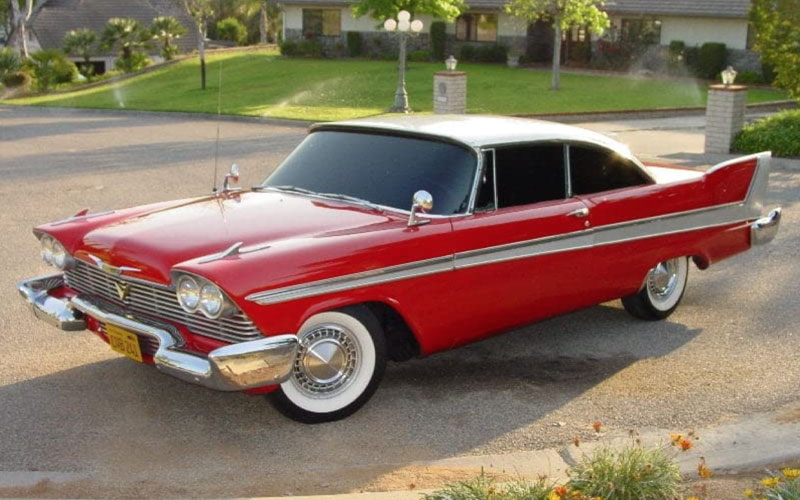
1958 Plymouth Fury – imdb.com | Shop Plymouth Fury on Carsforsale.com
Among the tailfinned classics of the 1950s, the Plymouth Fury isn’t the most fondly remembered. It’s not as flashy as the Cadillac Eldorado or as curvaceous as the Bel-Air. Yet, the Fury went on to become Plymouth’s best-selling model ever with seven-and-a-half generations and over 3.6 million units sold. And then there’s the silver screen immortality the Fury attained starring as the murderous car in the Stephen King’s Christine. The story of the Fury is one of adaptability and consistency being the ultimate key to success.
Belvedere Beginnings
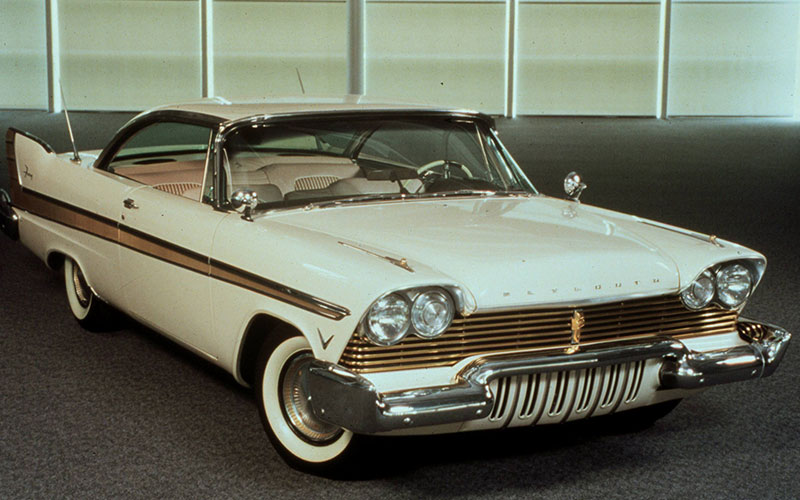
The Plymouth Fury began life as a lower-level version of the Plymouth Belvedere in 1956, coming exclusively as a two-door hardtop. The Fury wasn’t anything radical, but it looked decent enough. It sported the requisite ‘50s-style tailfins and came only in white with golden aluminum trim. A 5.2L V8 came standard. The 1957 model offered a number of revisions that included new quad headlights (one set being turn signals), a new grille, and the deletion of the Fury’s hood ornament. The white paint was changed to a light beige. For the ’58 model year, the Fury’s beige paint got a little darker, still paired with gold colored aluminum trim. A new engine was also added that year, a 5.7L V8 big block with a four-barrel carburetor.
Christine
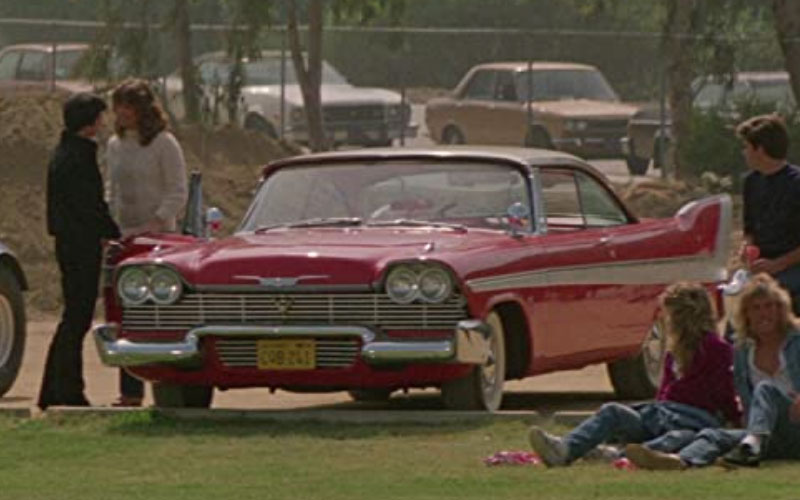
In 1983, a 1958 Plymouth Fury was chosen by Stephen King as the car for his new novel Christine. The horror master spun the tale of a possessed car that reciprocates its owner’s devotion to a frightening degree. So much so the jealous car goes on a killing spree. Imbued with supernatural powers, Christine is able to miraculously regenerate from the damage she sustains. Think Glenn Close in Fatal Attraction plus Wolverine but also … a car. One heck of an elevator pitch, eh? No wonder King was able to have the film rights optioned before the book even hit shelves. John Carpenter’s film adaptation of Christine would be released later that same year.
Carpenter and company ended up using a total of 16 Furys and other Plymouths for filming. While many of the cars were destroyed in stunt work, one hero car (those used for closeups with actors rather than for stunts) survived and was raffled off on USA network’s “Night Flight.” The car would change hands between private owners and museum collections, often selling for around $200,000.
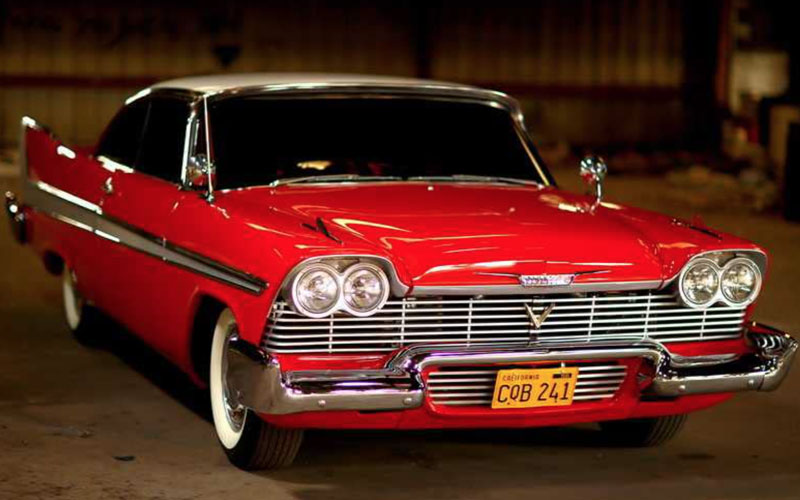
King said he’d chosen the Fury because it wasn’t the most well known of 50s models and therefor fit the mold for an unloved classic car. The movie car’s red paint job wasn’t original as beige was the only factory color for 1958. The engine note wasn’t original either, instead the intimidating rumble came curtesy of a Mustang 428 Cobra Jet V8.
A Short First Generation
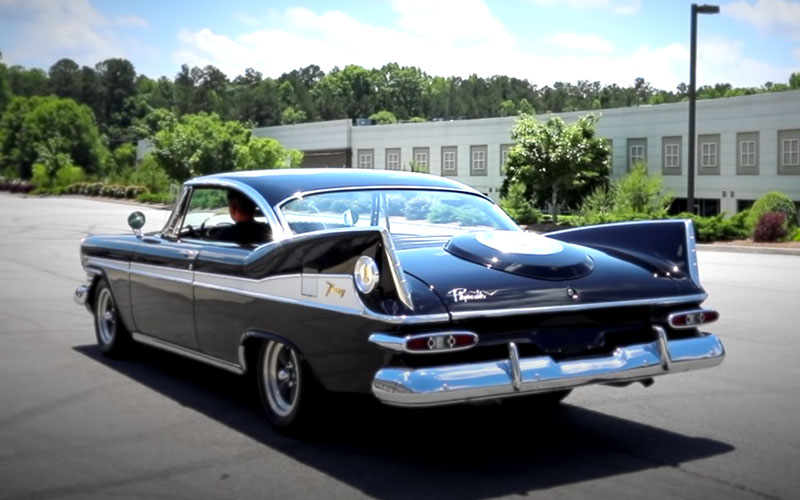
The Plymouth Fury would get its own individualized nameplate in 1959. The top trim Sport Fury received cosmetic embellishments that included bigger tailfins and a tire bulge in the trunk along with a major upgrade under the hood in the form of the 5.9L 361 Golden Commando V8. This largest engine offering topped a list of V8s ranging from 5.0L to 5.7L.
The 1959 Fury also added a new four-door body style that came as either a sedan or hardtop. The two-door version was given a drop top option. The Sport Suburban station wagon didn’t carry the Fury title but was, for all intents and purposes, a Fury wagon.
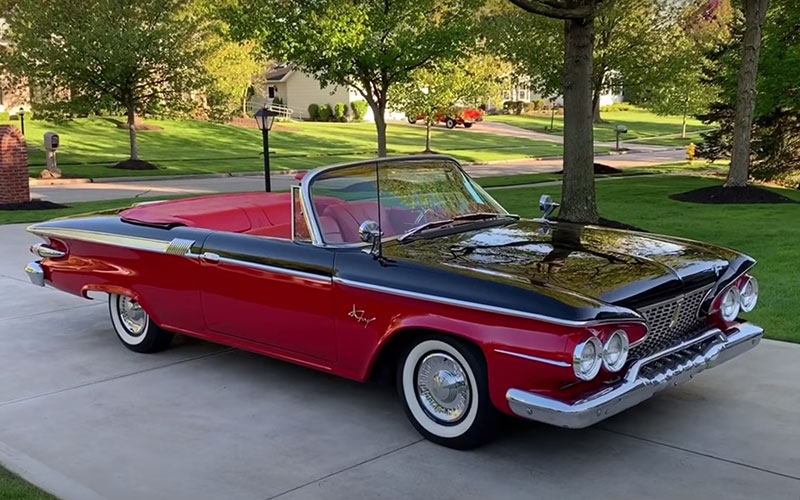
The first-generation for the Plymouth Fury would only last a single model year before being replaced with a new unibody construction for 1960. A new slant-six engine was added that year as the car’s new base engine. Output was especially comical at 145 horsepower given the Fury’s hefty curb weight. Thankfully, there were still plenty of V8 options available. The Fury’s looks were already evolving with the times, shedding the tailfins for 1961.
The Quiet Champion
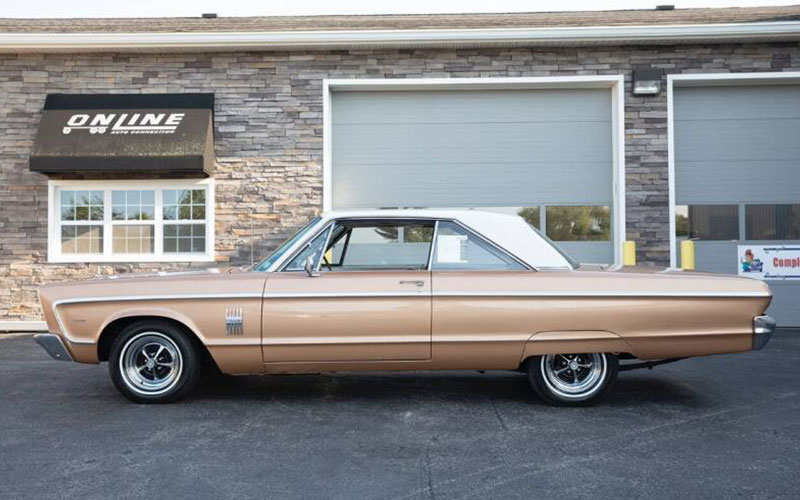
Subsequent generations of the Plymouth Fury continued this trend of non-description into the 1960s. The third generation moved to smaller B-body platform and brought the station wagon under the official Fury banner. For the fourth-generation, Fury trims received new designations the Fury I, Fury II, and Fury III alongside the top trim Sport Fury. In 1966, Plymouth introduced the Plymouth VIP, a Fury variant with upscale touches like interior wood trim and courtesy lighting.
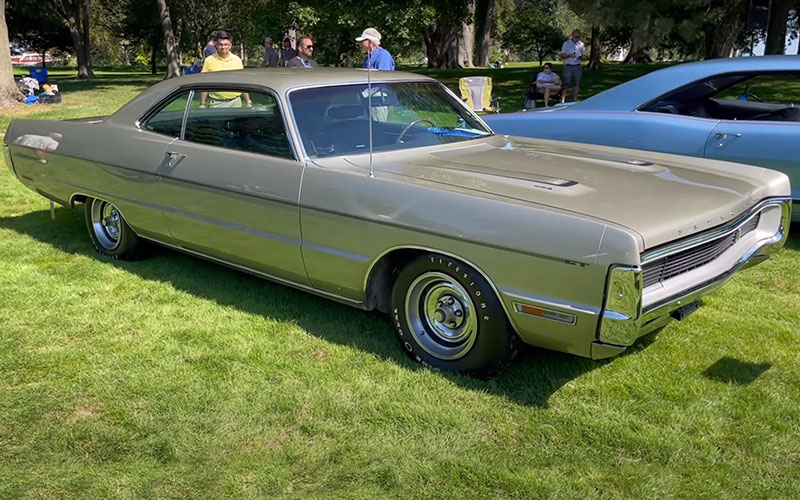
The fifth generation began in 1969 with more conservative styling that eliminated the fourth-gen’s stacked headlights. For 1970 and ’71, a Sport Fury GT was added sporting a 7.2L V8 making 390 horsepower. A new Fury Gran Coupe/Sedan came in ’72 to replace the Sport Fury and the GT.
A one year sixth generation featured ever more boxy styling atop a newly revamped C-body platform and the elimination of the weak slant-six engines. In 1975, the seventh and final generation jumped back to a smaller B-body platform and brought back the slant-sixes alongside larger V8 options. Body styles still ranged from the two-door coupe all the way to the four-door Gran Fury Sport Suburban station wagon, complete with faux wood exterior paneling.
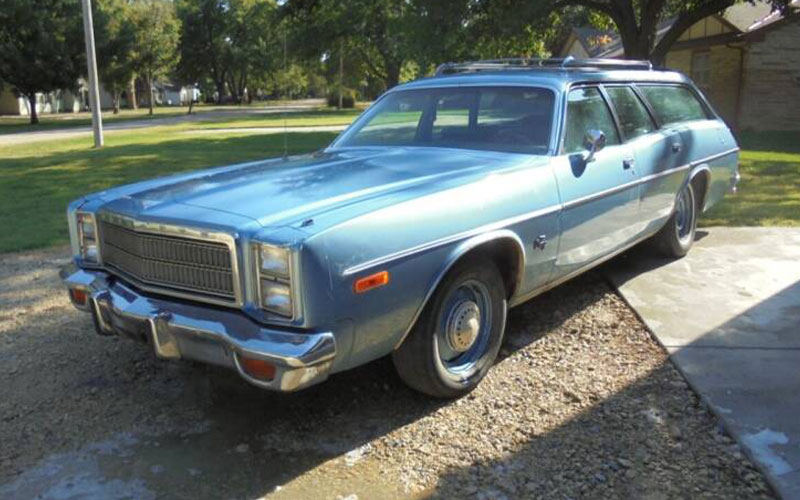
1977 Plymouth Fury wagon – carsforsale.com | Shop Plymouth Fury on Carsforsale.com
The Plymouth Fury would be officially discontinued after 1978, though the Fury name would continue on with the Plymouth Gran Fury sedan for another decade. But over it’s twenty-two year run, the Fury was Plymouth sales champion, quietly winning over customers with its unassuming charms.


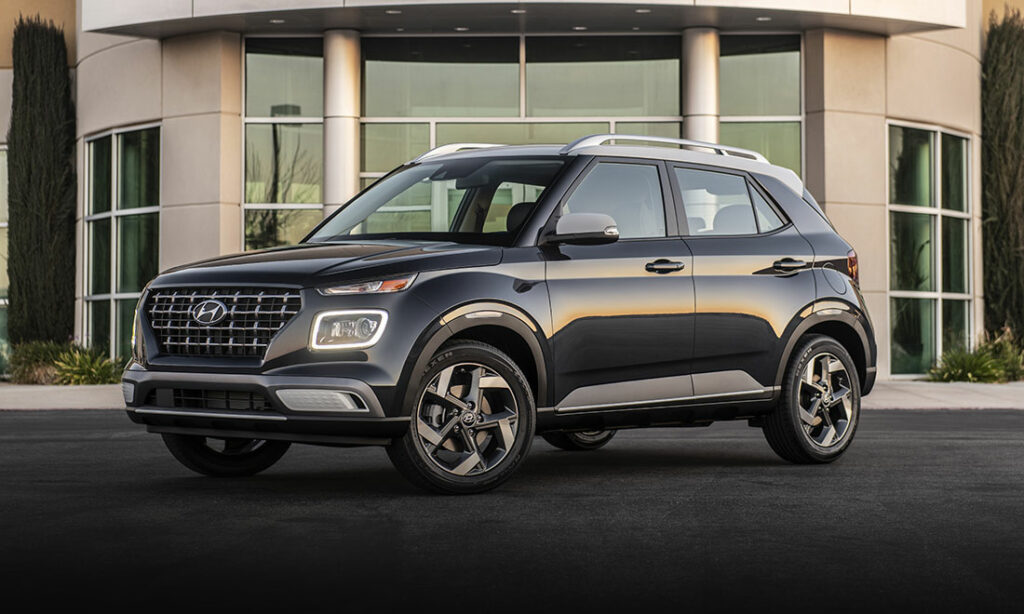
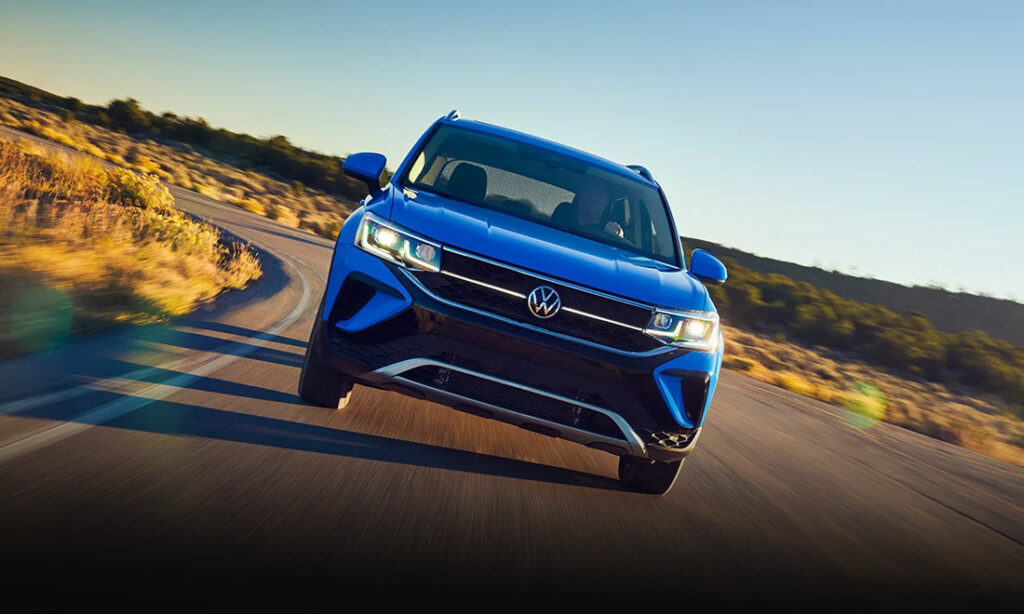

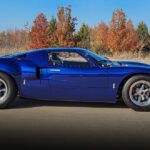

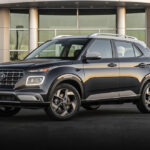







The 57 Furys didn’t have quad headlights. The inner lens was actually the turn signal lamp. A four door Fury was available in 1959, not 1957.